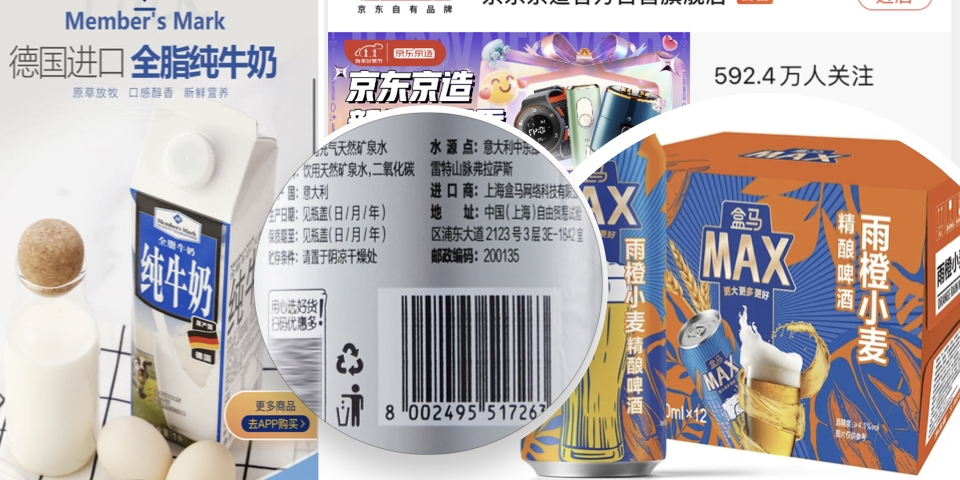


The private label food products market in China is large and ever-changing, and one needs to have a good understanding of the market before entering.
This report on the private label food products market begins by laying out the definition of a private label product, and contrasting it with white label products, before highlighting the key categories. The report then proceeds to shed light on the market as a whole and its newest developments, including its distribution channels and key categories; details the market’s key actors, brands, and competitors of EU SMEs; reveals the challenges and opportunities that EU SMEs may face; and finally presents case studies for reference and further understanding.
In order to provide relevant, concise, and focused information, this report focuses on a few key aspects:
Executive summary
Defining private label foods in China
1.1 Definition
1.2 Key categories
Market overview and developments
2.1 Market overview
2.2 Key market entry and distribution channels
2.3 Key product categories
2.4 Recent and future developments
Key actors, brands, and competitors of European SMEs
3.1 Major private label food brands
3.2 Major private label food suppliers
Challenges and opportunities
4.1 Challenges faced by European SMEs and how to overcome them
4.2 Opportunities for European SMEs and how to take advantage of them
Case studies